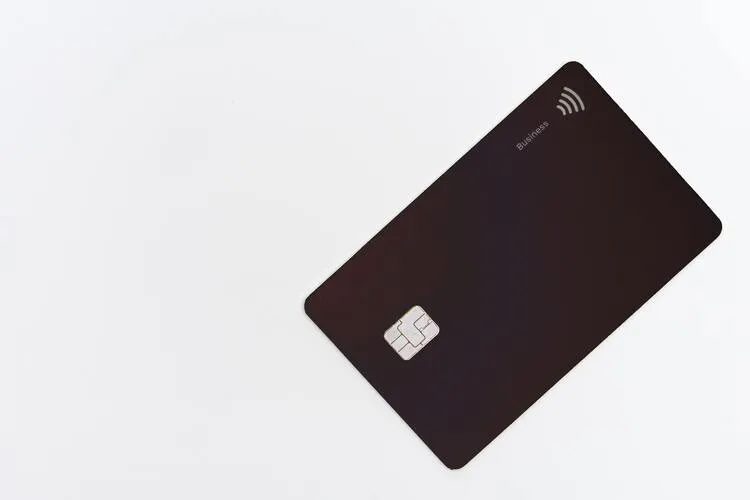NFC, or Near Field Communication technology, has started to modify payment interactions between consumers and establishments. From 2018 to 2020, a 63% growth in the number of NFC interactions was recorded. But even with its increasing users, not all know how it works and its benefits.
The technology in NFC is a proximity-based wireless connectivity that allows the exchange of information between two devices when it comes into close contact. NFC is a feature available to most smartphones, making the technology much more accessible to those who wish to quicken their shopping activities.
There are different ways NFC can be utilized, such as in identity verification and business transactions. Companies can adopt the technology in their commercial properties by programming doors that allow access to specific personnel. This is possible by availing services by companies such as NFC tagify that can create tags for employees and program NFC readers to be placed at desired entry points.
In addition, enterprises can use the program by offering NFC-supported business operations. Transactions become fast and seamless as each one can be accomplished with a simple tap. With NFC, customers only need to place their smartphone close to another NFC-enabled device to pay for their items. NFC tags in the form of cards can also be used for transactions. These innovations provide users and businesses with a contactless payment method that reduces the room for error.
Several purchases must be made to set the new approach in motion. Businesses will need to invest in tags, NFC readers, NFC-enabled smartphones, or even digital business cards to appreciate the NFC experience fully.
To learn more about the pros and cons of NFC tags, refer to this infographic by NFC Tagify.

